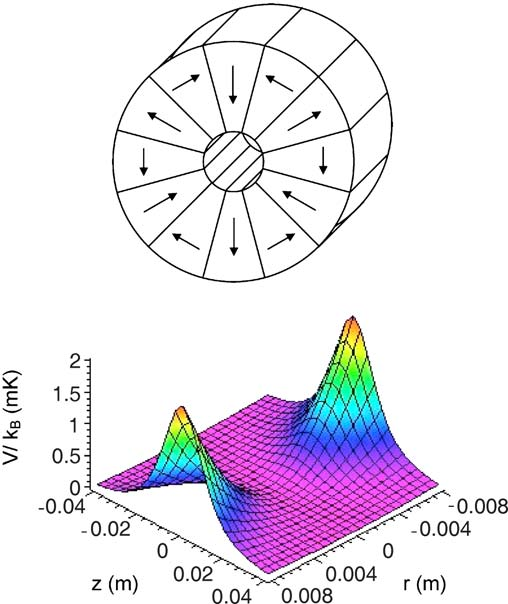The Mac
@TheMac
20 June, 01:11
Notice: Undefined index: tg1tga_access in /home/admin/www/anonup.com/themes/default/apps/timeline/post.phtml on line 396
20 June, 11:43
In response The Mac to his Publication
Waves
Notice: Undefined index: tg1tga_access in /home/admin/www/anonup.com/themes/default/apps/timeline/post.phtml on line 396
The Mac
@TheMac
21 June, 05:02
In response Chris Jaksha to his Publication
Gravitational waves are disturbances or ripples in the curvature of spacetime, generated by accelerated masses, that propagate as waves outward from their source at the speed of light. They were first proposed by Oliver Heaviside in 1893 and then later by Henri Poincaré in 1905[1] and subsequently predicted in 1916[2][3] by Albert Einstein on the basis of his general theory of relativity.[4][5] Later he refused to accept gravitational waves.[6] Gravitational waves transport energy as gravitational radiation, a form of radiant energy similar to electromagnetic radiation.[7] Newton's law of universal gravitation, part of classical mechanics, does not provide for their existence, since that law is predicated on the assumption that physical interactions propagate instantaneously (at infinite speed) – showing one of the ways the methods of classical physics are unable to explain phenomena associated with relativity.
Notice: Undefined index: tg1tga_access in /home/admin/www/anonup.com/themes/default/apps/timeline/post.phtml on line 396
The Mac
@TheMac
21 June, 05:04
In response The Mac to his Publication
The first indirect evidence for the existence of gravitational waves came in 1974 from the observed orbital decay of the Hulse–Taylor binary pulsar, which matched the decay predicted by general relativity as energy is lost to gravitational radiation. In 1993, Russell A. Hulse and Joseph Hooton Taylor Jr. received the Nobel Prize in Physics for this discovery. The first direct observation of gravitational waves was not made until 2015, when a signal generated by the merger of two black holes was received by the LIGO gravitational wave detectors in Livingston, Louisiana, and in Hanford, Washington. The 2017 Nobel Prize in Physics was subsequently awarded to Rainer Weiss, Kip Thorne and Barry Barish for their role in the direct detection of gravitational waves.
Notice: Undefined index: tg1tga_access in /home/admin/www/anonup.com/themes/default/apps/timeline/post.phtml on line 396
In gravitational-wave astronomy, observations of gravitational waves are used to infer data about the sources of gravitational waves. Sources that can be studied this way include binary star systems composed of white dwarfs, neutron stars,[8][9] and black holes; events such as supernovae; and the formation of the early universe shortly after the Big Bang.
05:04 AM - Jun 21, 2022
In response The Mac to his Publication
Only people mentioned by TheMac in this post can reply
The Mac
@TheMac
21 June, 05:06
In response The Mac to his Publication
Notice: Undefined index: tg1tga_access in /home/admin/www/anonup.com/themes/default/apps/timeline/post.phtml on line 396
The Mac
@TheMac
21 June, 05:09
In response The Mac to his Publication
Notice: Undefined index: tg1tga_access in /home/admin/www/anonup.com/themes/default/apps/timeline/post.phtml on line 396



